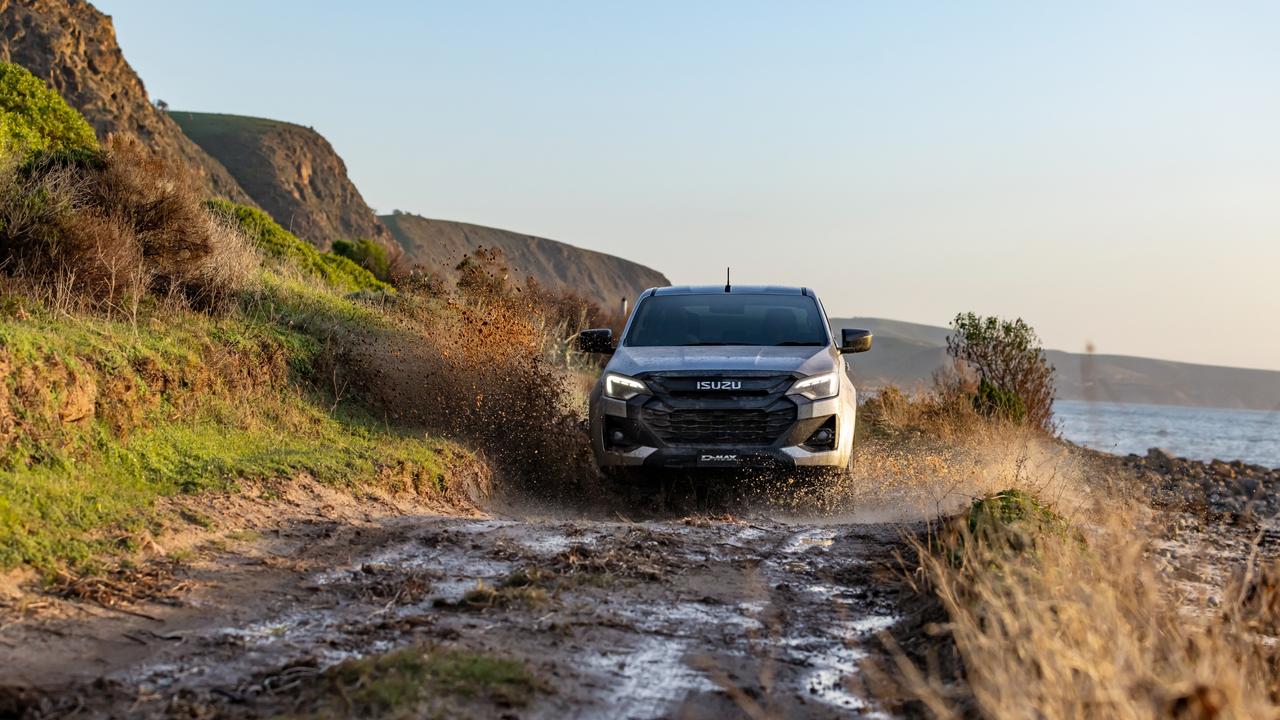By 0 Comments
Copyright news

In its place across the SX and X-Rider grades is a new 2.2-litre turbo-diesel four-cylinder, which is an evolution of the last base diesel, but revolutionises things when it comes to fuel use, emissions and the drive experience.
MORE: Musk in new battle with McDonalds
The latter point has changed considerably, as there’s a new standard-fit eight-speed automatic gearbox.
The engine also now features start-stop tech, where the motor switches off when you come to a standstill – which combined with the new auto, means fuel use figures have dropped, now between 6.3L and 7.1L per 100km, depending on the variant.
MORE: Ford warns sales could fall
It restarts urgently enough when you take your foot off the brake, and for those who don’t like it – and therefore don’t like saving money on fuel – it can be switched off each time you restart the vehicle.
The new engine puts out 120kW and 400Nm, which is modest by class standards for a four-cylinder diesel. It’s a single-turbo engine, unlike some others in the class, but the thing about Isuzu motors is that they’re understressed and, apparently, really reliable in terms of longevity.
It feels up to the task, though, with good in-gear response, and there are plenty of gears to play with.
The new eight-speed auto, in fact, makes its presence heard but not felt in a lot of situations, as the engine is loud, and you can hear the gears shifting up and down.
The shifts themselves are smooth, and the logic is good. Plus with the calibration of the drivetrain, Isuzu reckons there’s 60 per cent more torque at 1000rpm than in the old 1.9L.
The other elements of the drive experience go unchanged, with no suspension or steering adjustments.
MORE: Huge price hike for popular car
And that means you’re still getting a class-competitive drive, with reasonably good handling, and great off-road ability from the showroom floor, thanks to inclusions like a low-range transfer case and rear diff-lock if you choose a 4×4 model, as well as the excellent Rough Terrain Mode off-road traction management system, which ensures you’ll be able to proceed further than you’d think, as it’ll juggle things to drive where the grip is.
I didn’t get a chance to sample the capability of the powertrain in terms of towing, but Isuzu proudly touts that all D-Max variants now have the maximum braked towing capacity that ute buyers expect – 750kg unbraked and 3.5-tonne braked.
The D-Max 2.2-litre engine line-up spans the SX grade, with the budget-focused single-cab-chassis 4×2 on offer from $36,990 drive-away, while there are 4×2 and 4×4 dual-cab-chassis and pick-up models in SX trim, topping out well north of $50K.
Remember, if you’re buying a cab-chassis, in most instances you’ll have to fork out more for a tray, too.
The model tested at launch was the X-Rider, which was previously only available in 3.0L 4×4 trim, but now comes with the 2.2L as a wallet-friendly option. But at $55,990 drive-away, it’s a pretty stripped out feeling truck.
Sure you get LED lighting, alloy wheels, a sports bar and tonneau cover compared to the SX, but it still has a plastic steering wheel, rubber floor, cloth trim, and a small-looking media screen. At least it has wireless Apple CarPlay and Android Auto, but despite the black headliner, it feels cheap inside.
Dual-cab models are roomy enough inside, and there is good comfort and convenience on offer – including the tradie-favourite pop-out cupholders near the air-vents.
Isuzu customers get a six-year/150,000km warranty, and there’s up to seven years of roadside assistance included.
The brand also has a five-year/75,000km capped-price servicing plan, with costs pegged at $469 per visit over that period.
There is no doubt that the 2.2L engine meets the market better, and it’s also more efficient, and its decent to drive.
It will certainly appeal to those who do the maths before they commit, and fleet buyers and commercial customers will arguably be happiest with the changes here.



